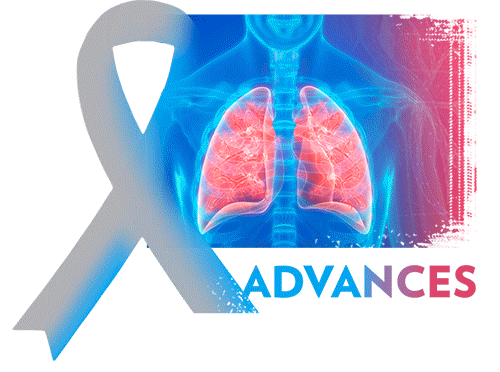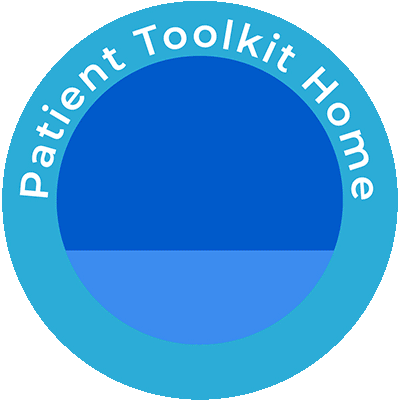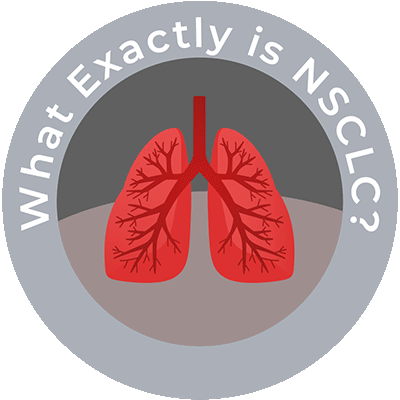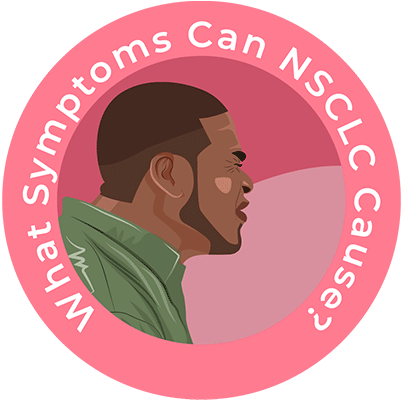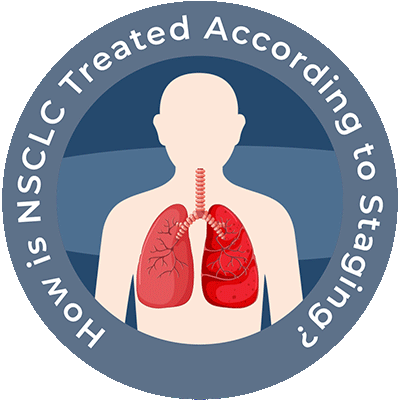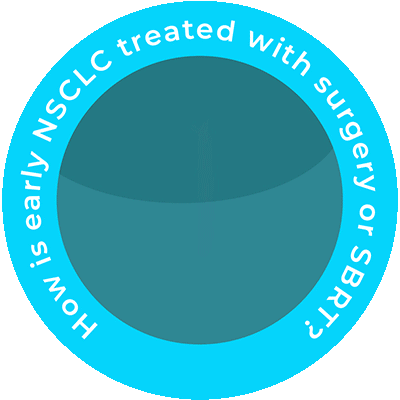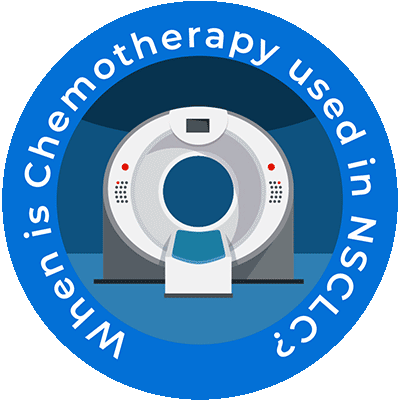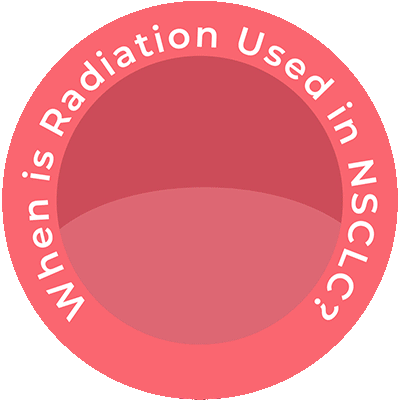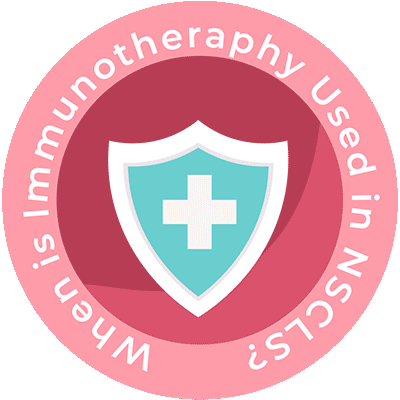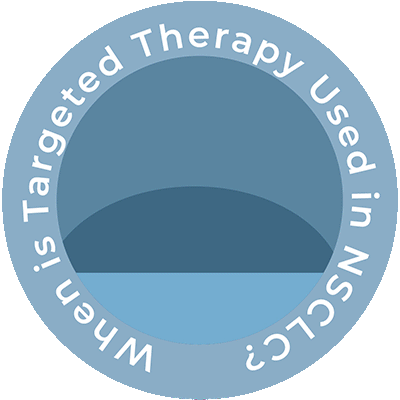When is chemotherapy used in NSCLC?
Chemotherapy
Chemotherapy (chemo) is treatment with anti-cancer drugs that may be injected into a vein or taken by mouth. Chemo drugs for lung cancer are typically given into a vein (IV), either as an injection over a few minutes or as an infusion over a longer period of time. This can be done in a doctor’s office, chemotherapy clinic, or in a hospital setting.
Doctors give chemo in cycles, with each period of treatment followed by a rest period to give you time to recover from the effects of the drugs. Cycles are most often 3 or 4 weeks long. The schedule varies depending on the drugs used. For example, with some drugs, the chemo is given only on the first day of the cycle. With others, it is given for a few days in a row, or once a week. Then, at the end of the cycle, the chemo schedule repeats to start the next cycle.
These drugs travel through the bloodstream and reach most parts of the body. Depending on the cancer’s stage and other factors, chemo may be recommended in different situations, such as before surgery, known as neoadjuvant chemotherapy.
- Neoadjuvant chemo may be used (sometimes with radiation therapy) to try to shrink a tumor to remove it with less extensive surgery.
- Adjuvant chemo is used after surgery (sometimes with radiation therapy) to try to kill any cancer cells that might have been left behind or have spread but can’t be seen even on imaging tests.
Adjuvant and neoadjuvant chemo is often given for 3 to 4 months, depending on the drugs used. The length of treatment for advanced lung cancer is based on how well it is working and what side effects you have.
Sometimes, chemo–along with radiation therapy–is given as the main treatment for locally advanced cancers that have grown into nearby structures so that surgery is not an option or for people who aren’t healthy enough for surgery.
Chemo is often not recommended for patients in poor health, but advanced age by itself is not a barrier to getting chemo.
The chemo drugs most often used for NSCLC include:
- Cisplatin
- Carboplatin
- Paclitaxel
- Albumin-bound paclitaxel
- Docetaxel
- Gemcitabine
- Vinorelbine
- Etoposide (VP-16)
- Pemetrexed
Combinations of two chemo drugs are often used to treat early-stage lung cancer. If a combination is used, it often includes cisplatin or carboplatin plus one other drug. Sometimes other combinations that do not include these drugs, such as gemcitabine with vinorelbine or paclitaxel, may be used.
Chemotherapy in Advanced Lung Cancer
Advanced lung cancer though may be treated with a single chemo drug especially for people who might not tolerate combination chemotherapy well, such as those in poor overall health or who are elderly.
For some people with advanced lung cancer, a targeted therapy or an immunotherapy drug may be given along with chemotherapy.
For advanced cancer, the initial chemo combination is often given for four to six cycles. Some doctors now recommend giving treatment beyond this with a single chemo or targeted drug, in people who have had a good response to their initial chemotherapy or have had no worsening of their cancer. Continuing this treatment, known as maintenance therapy, seems to help keep the cancer in check and help some people live longer.
If the initial chemo treatment for advanced lung cancer is no longer working, the doctor may recommend second-line treatment with a single chemo drug, such as docetaxel or pemetrexed, or with a targeted therapy or immunotherapy drug.
